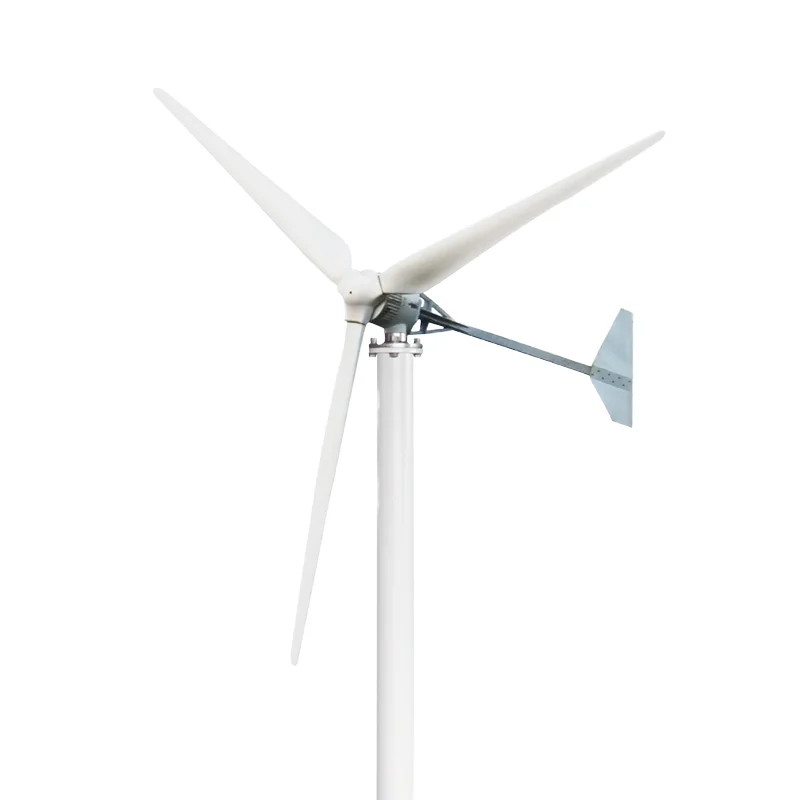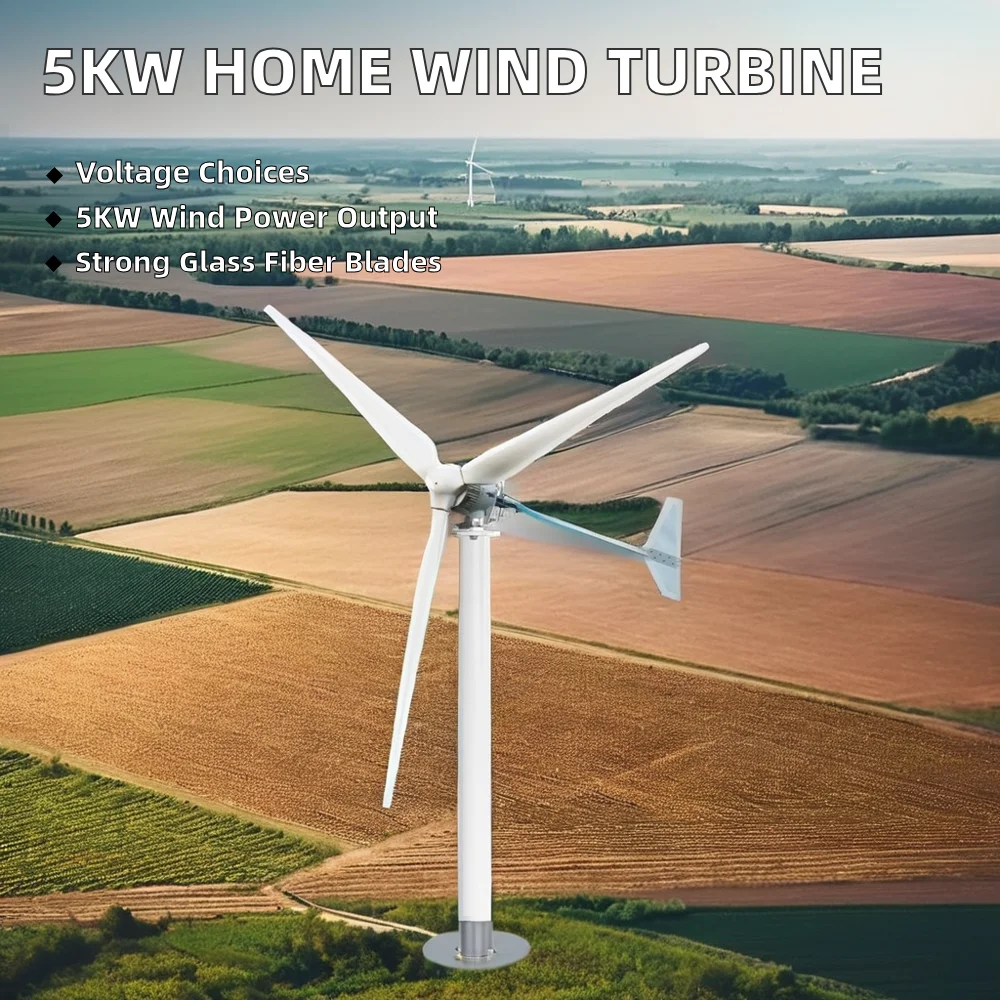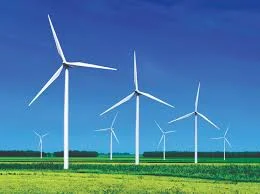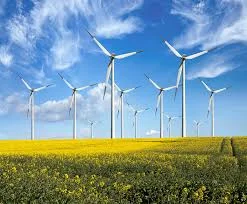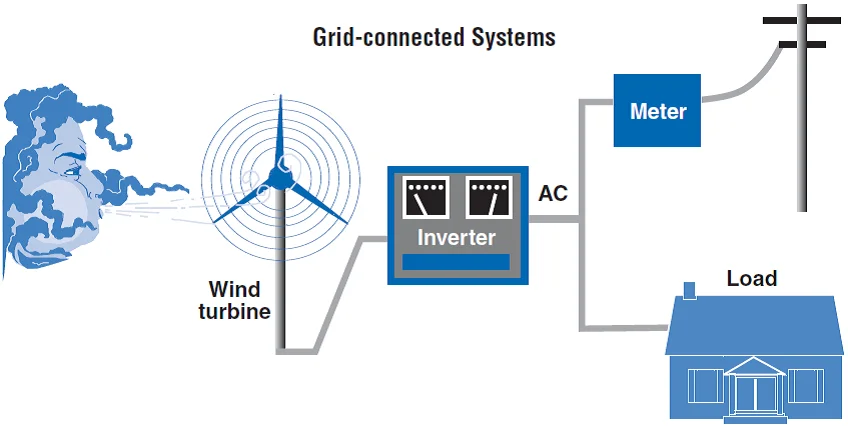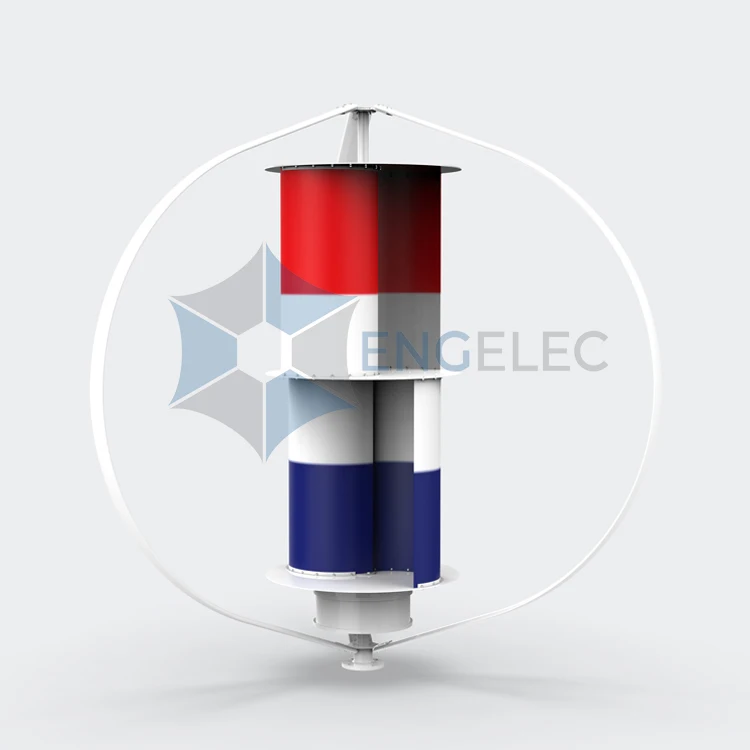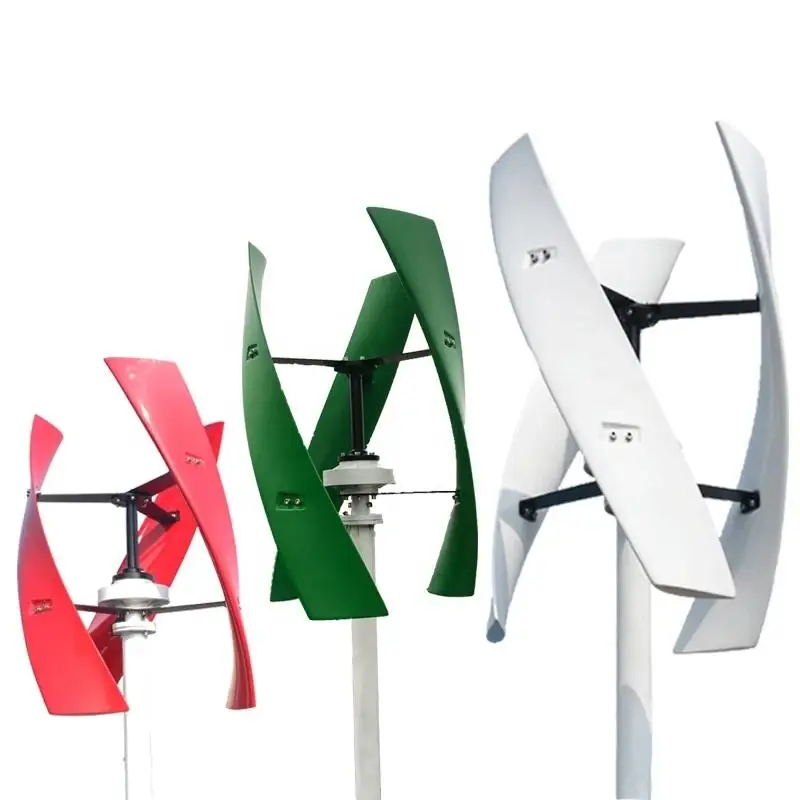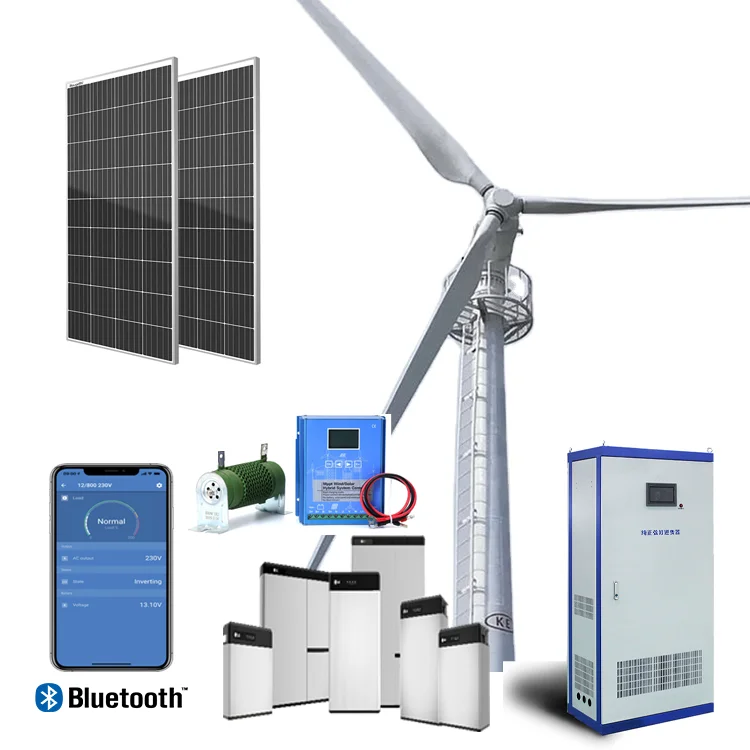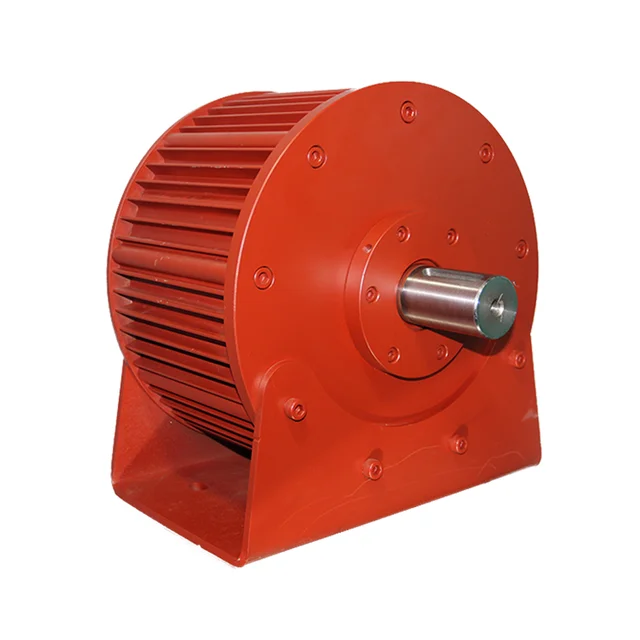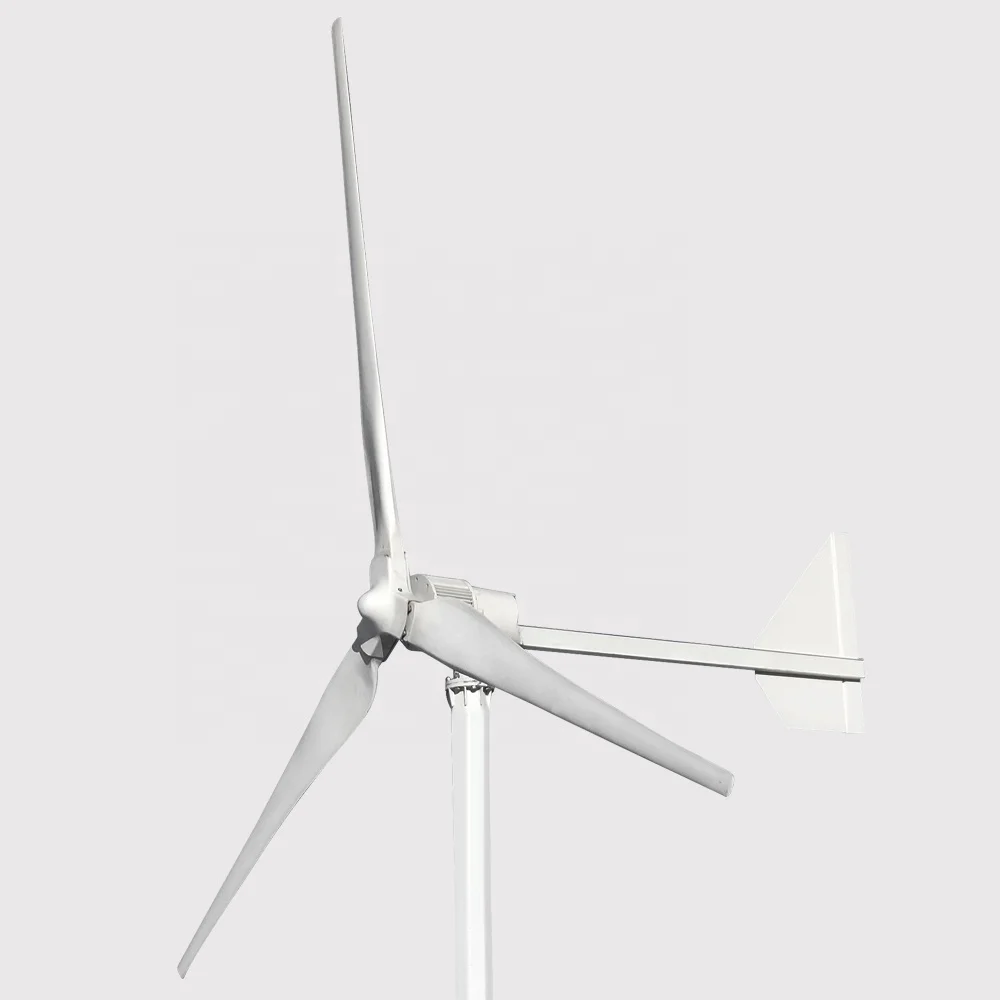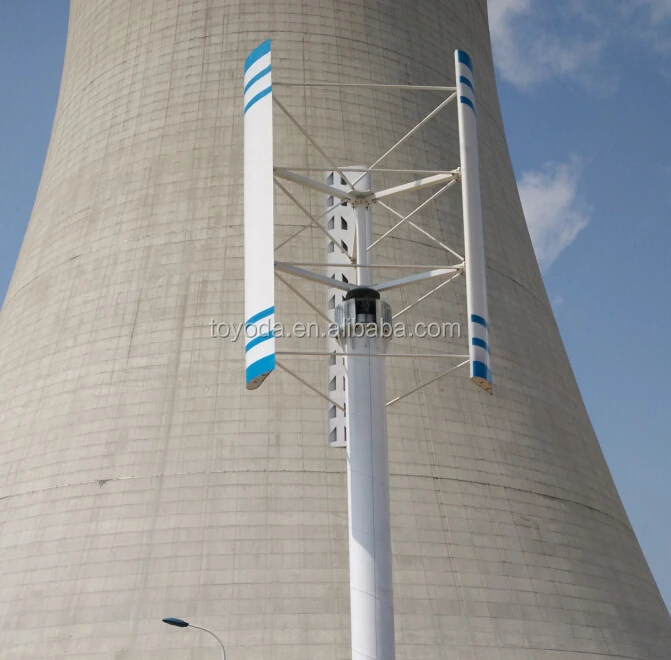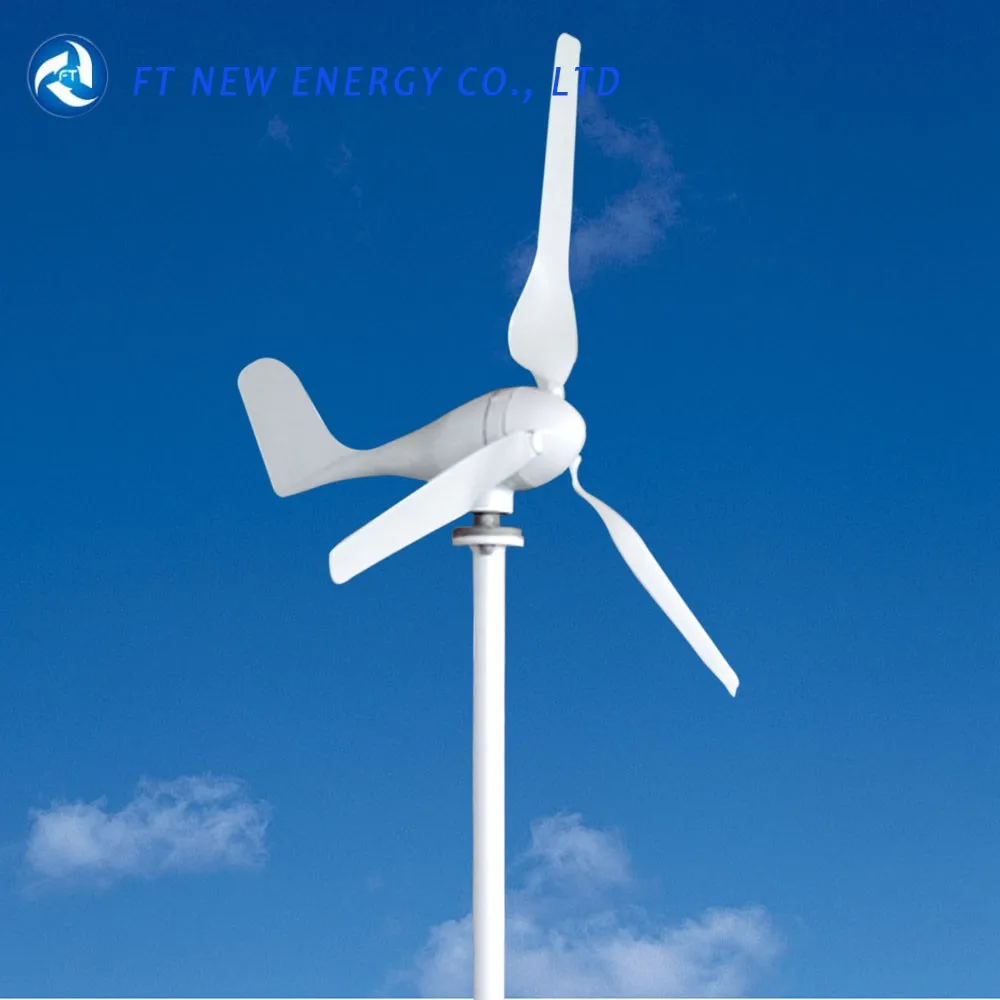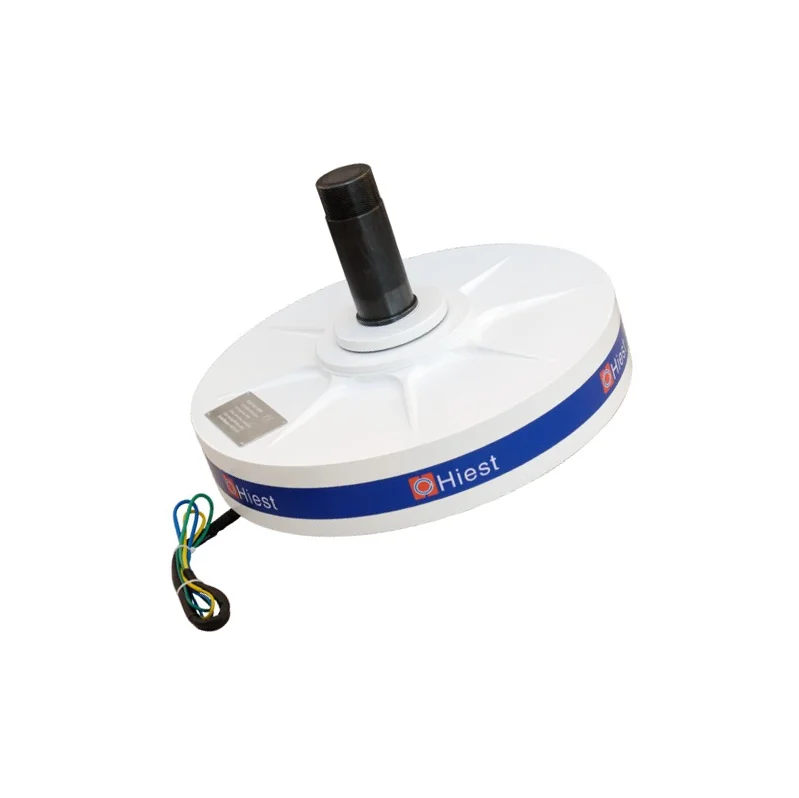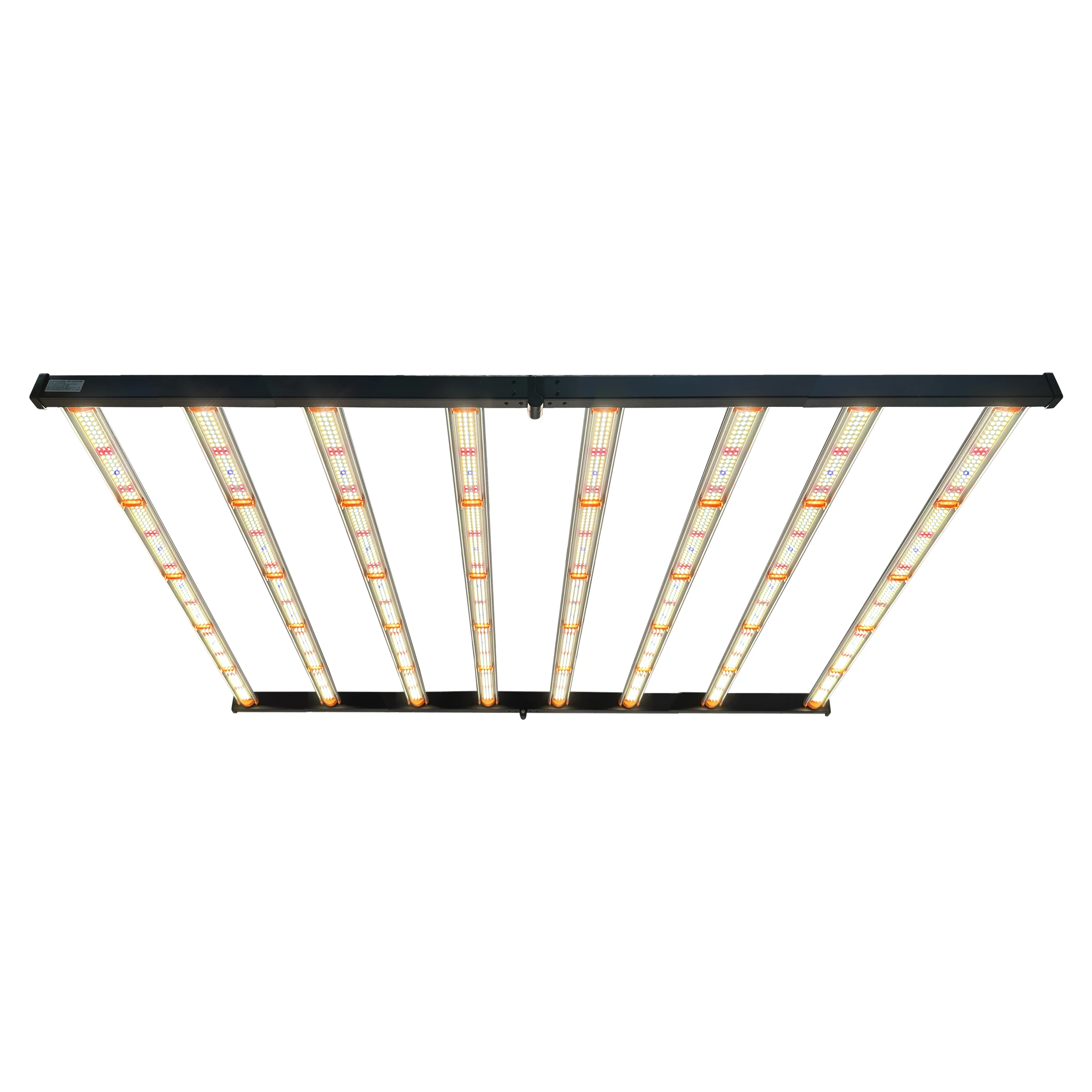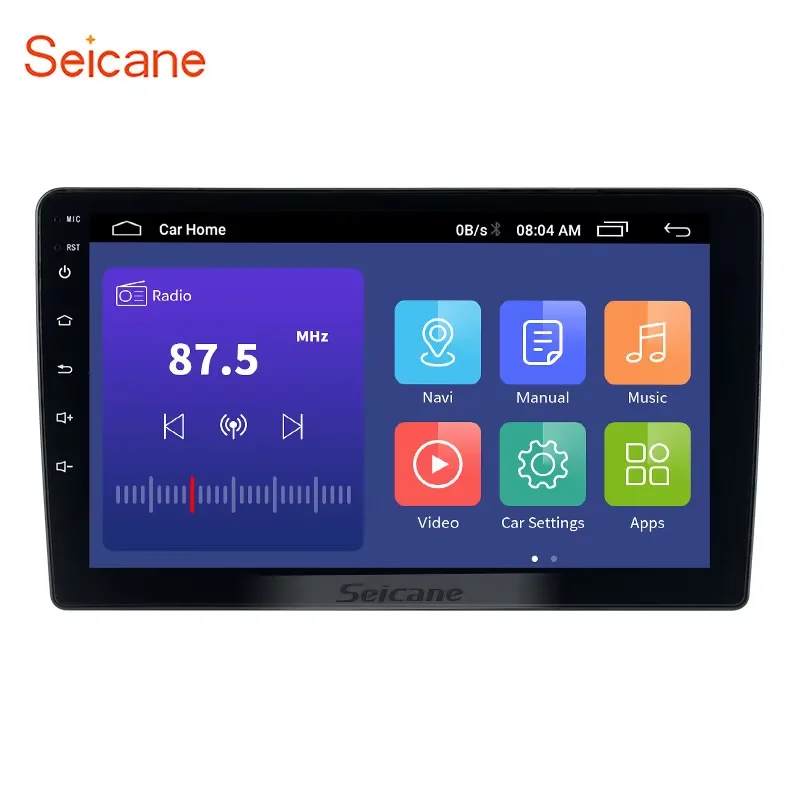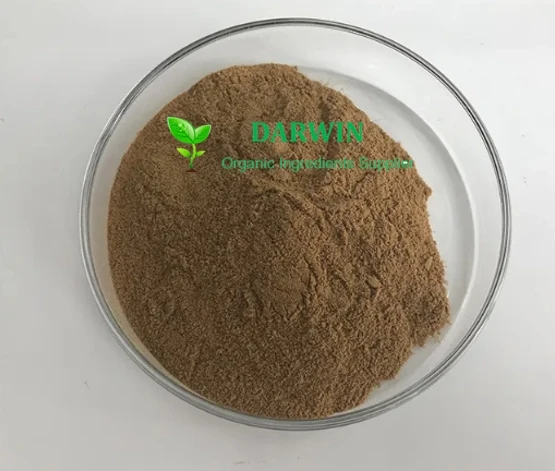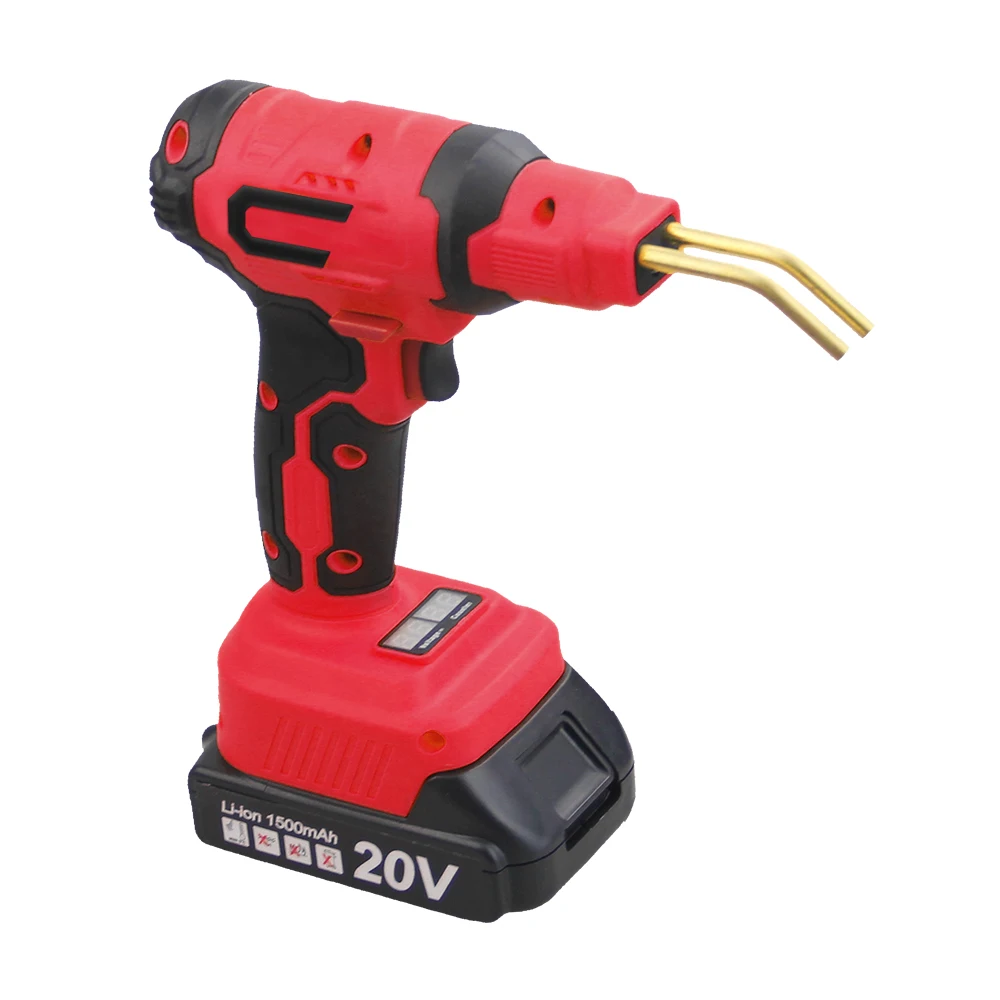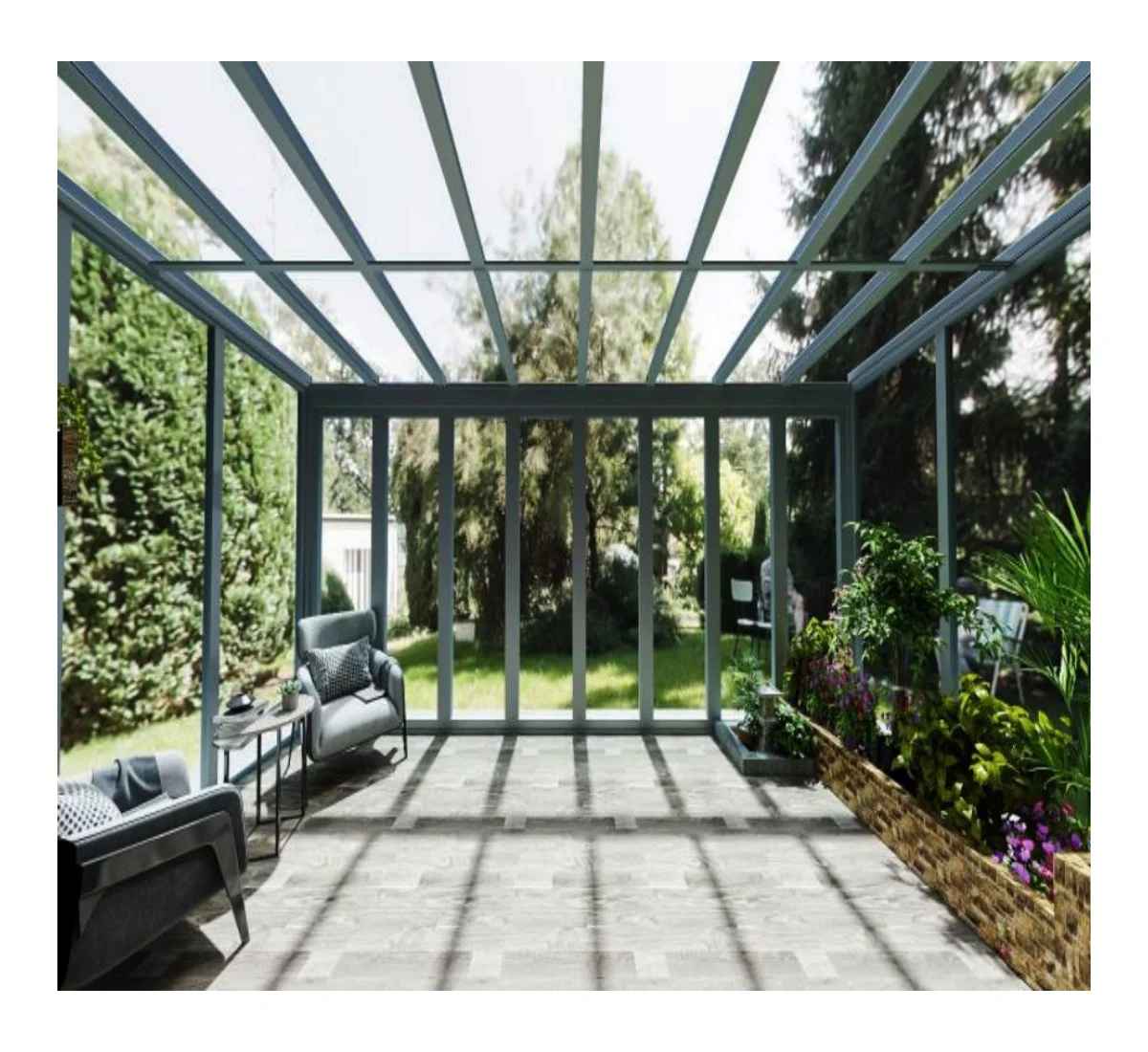5kw High Efficiency Variable Pitch Wind Turbine Generator on Grid System Provided Commercial 5kVA
- Category: >>>
- Supplier: Shenzhen Jiri Solarpower Technology Co. Ltd.Shenzhen Ltd.
Share on (1601335979316):
Product Overview
Description
Products Description
Wind turbine for home
Working Principle
The principle of horizontal axis wind turbine is to use the wind to drive the rotation of the
windmill blades,and then increase the speed of the rotation through the speed increase to promote
the generator to generate electricity. According to the current windmill technology, about two meters
per second of the breeze speed (the degree of breeze), you can start generating electricity. Wind
power is forming a boom in the world because wind power has no fuel problems and no radiation
or air pollution.

✅Rated Power:5000W
✅Simple to install and maintain
✅Large initial blade angle excellent acceleration performance, start at low wind speed of 3m/s;
✅Use of humanized flange installation design, easy installation and maintenance.
✅Intelligent maximum power tracking microprocessor control, effective regulation
of current and voltage.
JRW-5kW Wind turbine | ||||||||
Performance | ||||||||
Rated power | 5kw | |||||||
Peak power | 6-8kw | |||||||
Start-up wind speed | 3m/s | |||||||
Working wind speed | 4-30m/s | |||||||
Survival wind speed | 45m/s | |||||||
Rotor | ||||||||
Rotor diameter | 5.4m | |||||||
Blade | 3pcs reinforced fiber glass | |||||||
Blade length | 2.6m | |||||||
Shell material | Casting aluminum alloy | |||||||
Rated RPM | 300r/m | |||||||
Weight | 258kg | |||||||
Others | ||||||||
Generator type | 3-phase AC PMG | |||||||
Speed regulation &protection | Yawing + electromagnetic brake + mechanical brake | |||||||
Rated voltage | AC 400V | |||||||
Working temperature | -40℃ to +80℃ | |||||||
Wiring Diagram

How Do I Choose the Best Site for My Wind Turbine?
The farther you place your wind turbine from obstacles such as buildings or trees, the less turbulence you will encounter.
A proper site assessment is a detailed process that includes wind resource assessment and the evaluation of site characteristics.With this in mind, you may wish to consider hiring an experienced small wind site assessor who can determine your property's optimal turbine location. The following information highlights key steps in the site selection/assessment process.If the surrounding area of a potential site is not relatively flat for several miles, then an evaluation of the main topographic features is necessary, both nearby (macro siting) and at the proposed turbine site (micro siting). The topographical evaluation should include shape, height, length, width, and distance and direction away from the proposed turbine site of any landforms."Nearby" could include influences from large objects such as hills, groves of trees, or high wind breaks up to a mile away, and smaller objects could include single trees and buildings, especially within 500 feet of the proposed turbine location.Owners of projects located near complex terrain should take care in selecting the installation site. Landforms (or orography) can influence wind speed, which affects the amount of electricity that a wind turbine can generate. Elevated areas not only experience increased wind speeds because of their increased height in the wind profile but also may cause local acceleration of the wind speed, depending on the size and shape of the landform. If you site your wind turbine on the top of or on the windy side of a hill, for example, you will have more access to prevailing winds than in a gully or on the leeward (sheltered) side of a hill on the same property. Other elevated landforms (bluffs, cliffs) can create turbulence, including back eddies, as the wind passes up and over them. Siting the tower to avoid the zones of turbulence created by the landform is critical.

Company Profile

Packing Details


JIRI Project Case


Company Exhibition and International Friends Group Photo


FAQ

Click to contact us

We Recommend
New Arrivals
New products from manufacturers at wholesale prices
